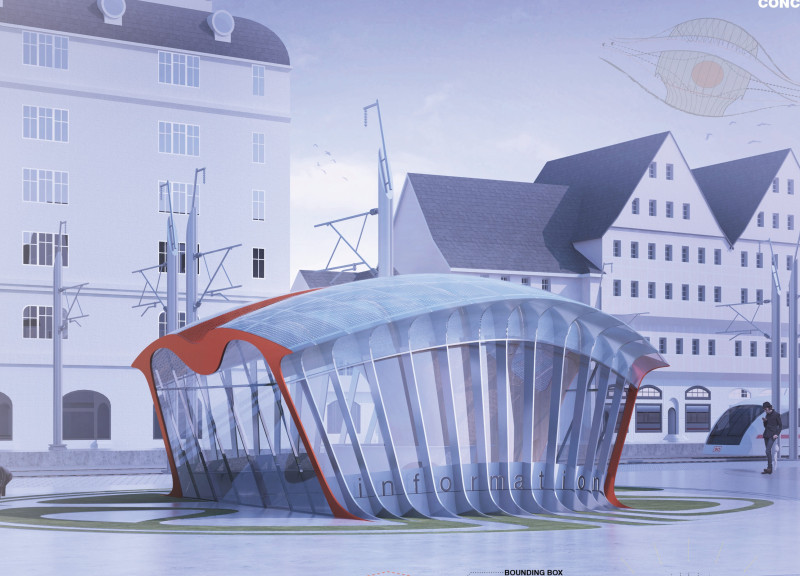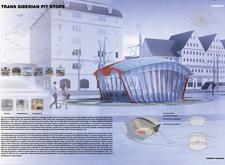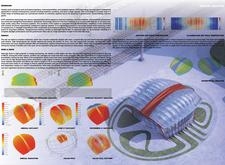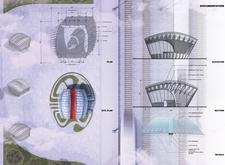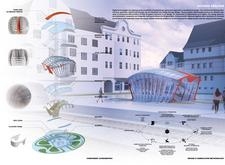5 key facts about this project
## Project Overview
The Trans-Siberian Pit Stops are strategically positioned along the Trans-Siberian Railway, which connects Moscow to Vladivostok. This architectural initiative aims to establish functional public spaces that respect and reflect the unique cultural and environmental characteristics of the Siberian landscape while providing essential services to travelers.
### Environmental Responsiveness and Structural Adaptability
The design incorporates advanced materials, such as an ethylene tetrafluoroethylene (ETFE) membrane, which allows for natural light penetration while providing insulation and energy efficiency. The structure's curvature has been developed to adapt to the demanding climatic conditions of regions like Moscow and Ulaanbaatar, effectively addressing temperature fluctuations and light variations. A robust steel framework underpins the design, ensuring durability against environmental stresses such as heavy snowfall and strong winds.
### Integration with User Experience and Surroundings
The layout promotes fluid motion and interaction between visitors and the site. Open spaces within the structure guide pedestrian flow, with dedicated zones for rest and information. The architecture incorporates wave-like topographical alterations that harmonize with the natural landscape, reinforcing the connection between the built environment and its surroundings. Each stop serves not only as a transit point but also as a gathering place for both travelers and local residents, fostering community engagement and enhancing the overall travel experience.


